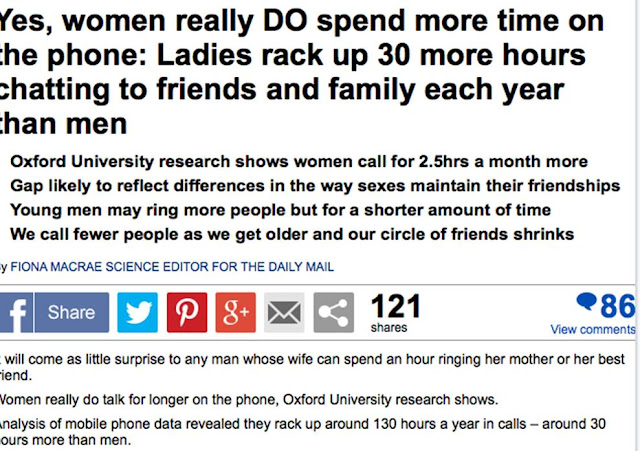Over the course of this Critical Journal project I have looked at a variety of images, videos and research regarding the 1960's and why it's still relevant today.
Through my blog I have gathered historical content however I have found it difficult to find specific 'historical' movements from exhibitions as I think that my book is more relevant to the 1960's as this era was all about consumerism, media and popular culture.
There was a lot which was historical that happened but the growth of the economy and popular culture meant that there was a lot to speak about regarding this subject. However, I have learnt when looking at history and context that the political and social changes that was happening during this time affected the way people dressed. Music was also a big influence and access to American music and black musicians which was listened to by the Mod's influenced how people's attitudes were shaped.
I found it helpful looking at the historical events including the end of the World War 2 and the introduction in the contraceptive pill, the baby boom of the 1940's which created the 1960's youth culture, the boost in the economy which all influenced people's attitudes, shopping and the way people dressed. Such as the contraceptive pill was a revolution for women in the UK and they shown this by the invention and push of the mini-skirt which proved their freedom, in comparison to the clothes they wore in the 1940's and 50's which was very restricted and had a certain look. YSL introduced the suit for women which revolutionized fashion and gave women an identity which they never had before.
The music industry was a growing phenomenon and artists like the Beatles, Rolling Stones and The Who had a big influence on how people dressed, the Beatles especially who represented the Mod's, they influenced trends such as the Beatle Boot which was a Chelsea boot with a cuban heel, something I have in my wardrobe from Topshop which proves that 60's trends are still being referenced to. John Lennon also helped push the 'granny glasses' which are the famous round glasses, in the psychedelic 60's the Beatles promoted men to wear sandals on one of their tours, something that had never been seen before. They changed from the face of Mod's to face of the Hippie and showcased bright colours, paisley print and flowing shirts for men's fashion.
Another thing for the music industry was the growth of music magazines such as 'Melody Maker' which posted about fashion and music, The Who also helped brand the Union Jack flag as a representation of British pop culture and the branding of Britishness.
The economy was growing and so was the fashion industry which made department stores grow, improving on the overall shopping experience which was for a consumer indulgence driven industry, people were shopping to enjoy it rather than shopping to get by (not like the war times.) It was the creation of visual merchandising and celebrity endorsement as famous faces were snapped shopping at local boutiques.
Political agenda was promoted through the Hippie trend which is probably one of the most re-visited look from the 1960's era, the hippies promoted peace and the end of violence. It was influenced by the Vietnam war and the hippies were anti-war. This meant that people went for a more natural look and grew their hair and swapped the mini for the maxi.
Over all, the 60's was an era of rebellion, identity and youth culture. Youth's had more money and was the first generation not to be forced to go to war, because there wasn't one. This meant that people had more access to shops, clubs and could enjoy the freedom that their parents couldn't. This was a time of experimentation and identity, to find themselves through fashion and music.
 Political movements on the second article show how Britains NHS is under threat and why junior doctors running out, this links to historical and cultural aspects because the NHS healthcare has been a huge part of our country for ages and it's facing extreme poverty, as reported in the media. The media has shown a variety of headlines which show the protest of junior doctors which are arguing over pay - this links back to when people used to protest in streets when they were disagreeing with the government like the suffragettes but just not extreme. I think that the media is 100% behind the doctor's decision and reports are in their favour, probably to scare the politicians and make them change.
Political movements on the second article show how Britains NHS is under threat and why junior doctors running out, this links to historical and cultural aspects because the NHS healthcare has been a huge part of our country for ages and it's facing extreme poverty, as reported in the media. The media has shown a variety of headlines which show the protest of junior doctors which are arguing over pay - this links back to when people used to protest in streets when they were disagreeing with the government like the suffragettes but just not extreme. I think that the media is 100% behind the doctor's decision and reports are in their favour, probably to scare the politicians and make them change.










